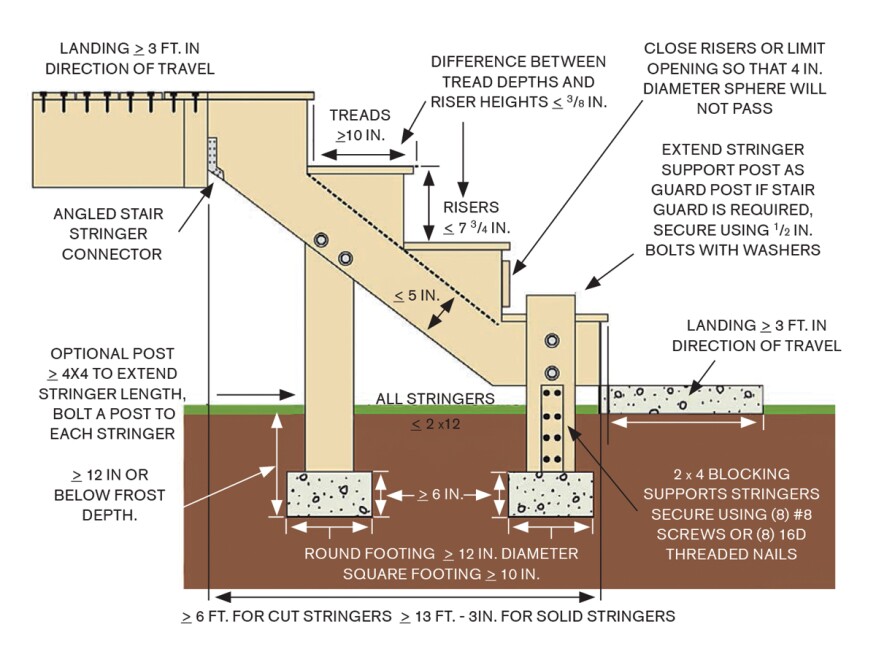

Joists, and rafters must be strong enough not to break when loaded. Strength of a material is obviously important. Attic floors with limited storage L/240 & 10 psf.Bedrooms and habitable attic floors L/360 & 30 psf.Examples of code-prescribed deflection limits and live load values are: These limits are based on live loads and activities experienced in specific rooms of a house. Typical deflection limits referenced in code books are L/360, L/240 or L/180.
#Ontario building code maximum beam diflection crack#
Drywall attached to the underside of this system is not expected to crack when the floor joist system deflects 1/3". For example: a floor joist appropriately selected to span 10 feet with an L/360 limit will deflect no more than 120"/360 = 1/3 inches under maximum design loads. They are expressed as a fraction clear span in inches (L) over a given number. Maximum deflection limits are set by building codes. Only live loads are used to calculate design values for stiffness. In other words, how much a joist or rafter bends under the maximum expected load. Stiffness of structural members is limited by maximum allowable deflection.

Perhaps the joists were strong enough if they didn't break! But lack of stiffness leads to costly problems. For example, first-floor ceiling plaster would crack as occupants walked across a second-floor bedroom that was framed with bouncy floor joists. Strength and stiffness are equally important. Beams, studs, joists and rafters act as a structural skeleton and must be strong enough and stiff enough to resist these loads. The house acts as a structural system resisting dead loads (weight of materials), live loads (weights imposed by use and occupancy), like snow loads and wind loads. This article will focus on how simple beams like joists and rafters react to loading. If, when the loads of the house are combined, the house weighs more than the soil can support - the house will sink until it reaches a point at which the soil can support the load. Remember when your science teacher said: every action has an opposite and equal reaction? Well every building load has an equal "reaction load". The structural goal of a house is to safely transfer building loads (weights) through the foundation to the supporting soil. A complete analysis of wood's mechanical properties is complex, but understanding a few basics of lumber strength will allow you to size joists and rafters with the use of span tables. Wood is naturally engineered to serve as a structural material: The stem of a tree is fastened to the earth at its base (foundation), supports the weight of its branches (column) and bends as it is loaded by the wind (cantilever beam). Using span tables to size joists and rafters is a straight-forward process when you understand the structural principles that govern their use.


 0 kommentar(er)
0 kommentar(er)
